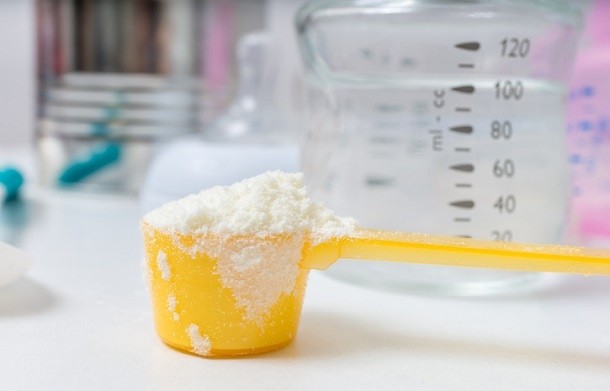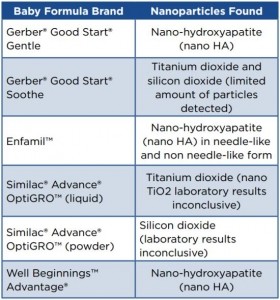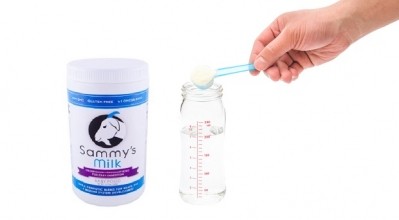Nanoparticles detected in infant formula brands

The Infant Nutrition Council of America, however, maintains that there are no safety issues.
Friends of the Earth said they found nano-sized particles in five out of the six infant formulas tested.
Health risk of nanoparticles
Nanoparticles are needle-like in shape and can penetrate cell walls and travel to other parts of the body possibly interfering with cell function, Friends of the Earth said in its report.
The European Union Scientific Committee on Consumer Safety (SCCS) found that needle-like nano-hydroxyapatite — one of the nanomaterials scientists found in Gerber, Well Beginnings, and Enfamil formulas — is potentially toxic, could be absorbed by and enter cells, and should not be used in cosmetics such as toothpaste, teeth whiteners and mouth washes.
“A material that should not be used in cosmetics raises greater concern when used in food,” Friends of the Earth wrote in the report.
One major road block for the regulation of nanoparticles is that the particles are part of a rapidly expanding, multibillion industry of nanotechnology, which extends beyond baby formulas.
Response from infant nutrition industry
According to the Infant Nutrition Council of America, microscopic nanoparticles occur naturally and commonly in the environment and can be found in many food products, sometimes as a result of adding certain ingredients and meeting required nutritional components. The council also said infant formula manufacturers do not add engineered nanoparticles to their formulas and that some nano-structured materials may occur as a result of the traditional manufacturing processes, but they are not considered engineered nanomaterials since they are not intentionally produced to have dimensions in the nano scale.
“There is no scientific or public health basis to recommend parents change their infant feeding practices based on this report,” Mardi Mountford, president of the Infant Nutrition Council of America, told DairyReporter.
“Safety is the top priority of infant formula manufacturers, which is why infant formula remains the most highly regulated food, with stringent protocols in place to ensure that every product meets or exceeds the expectations of consumers, health care providers and regulatory bodies including the US FDA. Parents should contact their baby’s doctor if they have any questions about infant feeding.”
Friends of the Earth calls for regulation on nanoparticles
According to the report issued by Friends of the Earth, nanoparticles are currently not regulated for use in food and consumer products even though they have been linked to potential health hazards.
The FDA currently analyzes baby formulas to make sure that they meet certain nutritional requirements and screens them for pathogens, but it does not conduct any screening for the presence of nanoparticles.
“Many parents and caregivers have to feed their children formula,” Kendra Klein, PhD, staff scientist at Food & Technology Program at Friends of the Earth, said in a post on the organization’s website.
"It is reprehensible that companies like Gerber can expose babies to poorly studied, virtually unregulated and unlabeled nanomaterials in infant formula. Suitable alternative ingredients have been used for decades that don’t carry the same risks.”
Friends of the Earth has called, in the form of letters to the FDA, for an immediate moratorium on the use of nanomaterials in formula and other food until they can be demonstrated to be safe and are regulated and labeled.
“The agency must use its authority to enforce manufacturer recall of baby formulas containing engineered nanoparticles, as these ingredients may put people at risk,” the report stated.








